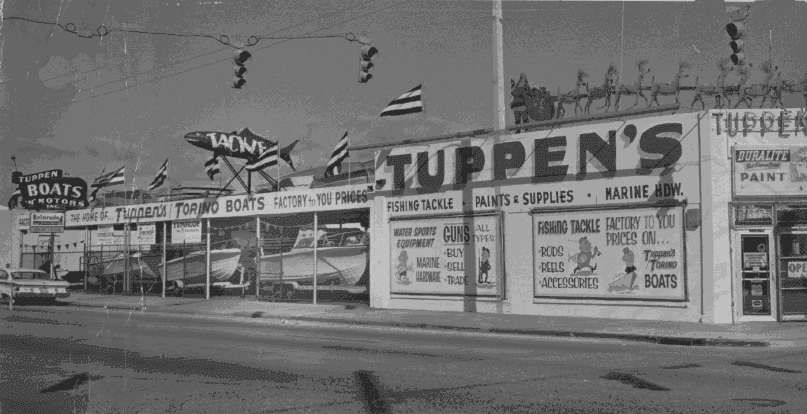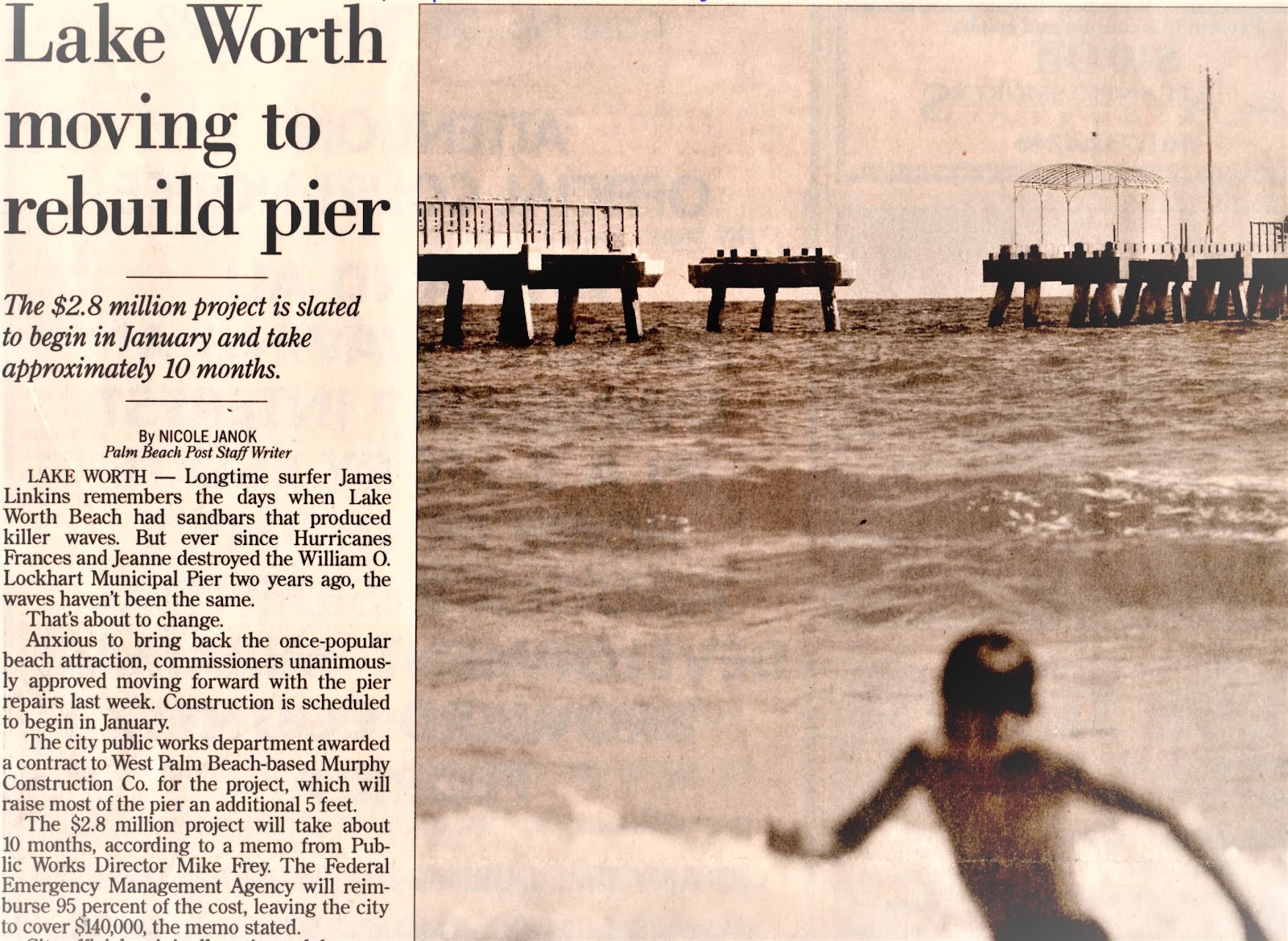With a clang, clang, clang and a couple of dings of the bell — this Sunday off goes the Time Trolley Tour for a glimpse of “Lake Worth’s past”!
This tour is just one of the events inspired by the American Institute of Architects’ “National Architectural Week”.
The cost is $35. If the history of the City of Lake Worth and coastal Central Palm Beach County (CPBC) is an interest of yours, you’ll want to contact the Historical Society of Lake Worth ASAP at 561-632-9044 or by email at: historicalsocietylw@hotmail.com
Tickets for this tour will not last long. This upcoming trolley tour in the City of Lake Worth will include information about:
- One of the City’s oldest houses built in 1912 (the “town” was incorporated in 1913), government buildings, and structures designed by famed local architect G. Sherman Childs and other historic sites.
- The tour also includes a short talk in the City Hall Annex about the history of Lake Worth by Ted Brownstein and Wes Blackman (learn more below about these two talks).
- A look at the new gallery of photos, “Early Life in Lake Worth” by Walter Harper.
- And a tour of new displays at the Historical Museum of Lake Worth.
- Light refreshments will be served.
About the talks by Ted Brownstein
and Wes Blackman:
Each presentation will be ≈20 min. with time for a Q&A.Ted Brownstein will talk about his book titled, Pioneers of Jewell, published in June 2013 and superbly researched. Soon after being published reporter Ron Hayes at The Coastal Star penned a review of the book titled, “Celebrating Our History: Before Lake Worth, there was Jewell”. Pioneers of Jewell explores the time prior to the current City of Lake Worth’s incorporation in 1913 back to when it was a sparsely populated settlement along the then-freshwater Lake Worth Lagoon and well prior to Henry Flagler’s Florida East Coast (FEC) railway. Brownstein will talk about Samuel and Fannie James, the freed slaves that homesteaded the area and ran the local post office for a town called “Jewell”. The James’ later sold their land to the Palm Beach Farms Company created by Harold Bryant (the man who Bryant Park is named after) and William Greenwood, the initial developers of the “Town of Lake Worth”.
Yours Truly, Wes Blackman, will present on Sunday’s tour a shortened version of my presentation about how a group of volunteers initially came up with the idea of The Cottages of Lake Worth book and how Post reporter Lona O’Connor in 2013 played such a huge role. The last formal presentation about The Cottages was given at the Delray Beach Historical Society’s Heritage Lecture Series on January 31st which you can read about by clicking on this link. I’ll explain the era just prior to incorporation of the “Town of Lake Worth” when Henry Flagler constructed a railroad station on the FEC in 1912 to when the section of I-95 was completed in CPBC, the early platting of the Lake Worth’s streets and alley network and the configuration of blocks and small lots that laid the groundwork for what would become the City of Lake Worth and all those historic Cottages that miraculously survived the 20th Century.
To learn more about the Historical Society of Lake Worth click on this link.
Whilst on the topic of the history of the City of Lake Worth. . .
Pets are still barred from the Lake Worth Beach,
with the exception of service animals.
 |
| Photo courtesy of the Lake Worth Historical Museum. To learn more this museum in Downtown Lake Worth click on this link or call 561-533-7354. |
Enjoy the video!





